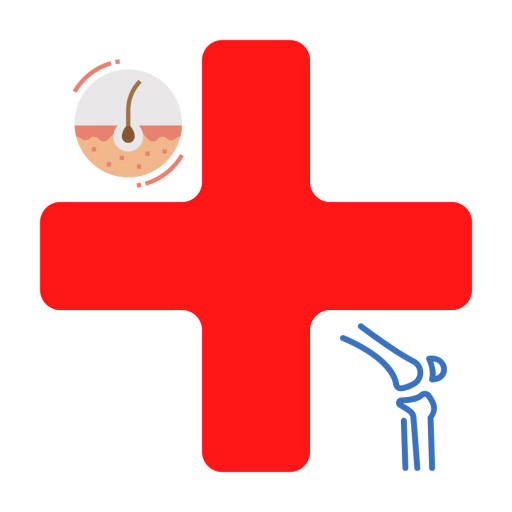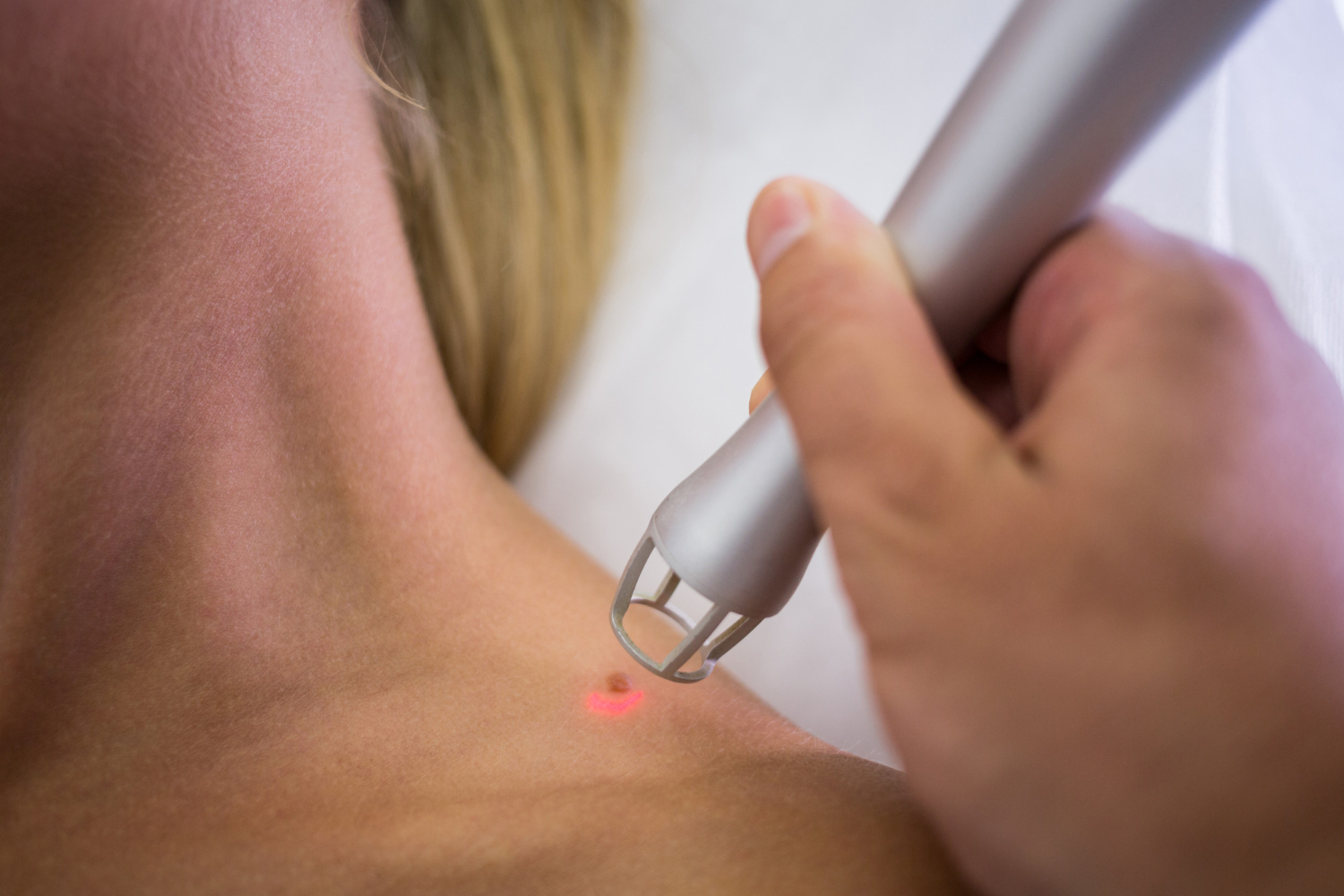Wart & Mole Removal
Wart and Mole Removal
Moles are medically known as nevi and they are basically a cluster of pigmented cells which are seen on the skin as black or brown spots. There are different types of moles. While most of the times the moles are harmless, there are a few which could be cosmetically unappealing or very rarely may become cancerous. They can appear on any part of the body and by the time you reach adulthood, you could have around 10-40 moles, as per a study. With age, some of the moles disappear and few others change their colour or may grow in size. They may be flat or protruding. The different types are congenital moles (formed during birth) and acquired moles (which appear later in life). However, if the moles start getting painful, start itching or bleeding, increase rapidly in size or if there is any asymmetry then it is advisable to consult a dermatologist.
Moles can be treated either by a minor surgical procedure called radiofrequency or electrocautery, punch excision or through Q switched YAG laser. Sometimes, a combination of treatments may be needed. Whatever the procedure chosen to treat moles, a local injectable anesthesia is given or local anesthetic cream is applied on target area while performing the treatment to ensure you don’t experience any discomfort
Warts are basically growths on human skin which are caused by the human papillomavirus (HPV) infection. Sometimes, these growths become prominent
Warts are of different types such as
- Filiform warts
- Common warts
- Plantar warts
- Flat warts
- Periungual warts and others
They can occur at any area of the body more often being seen on hands, feet, and face. There are warts affecting the private areas which are transmitted sexually, caused by other varieties of HPV. Though the warts tend to disappear on their own, they may take a lot of time which may vary from one person to another. Sometimes, they may recur following certain modes of treatment. They are brown to black in color and may vary in size from 2-4 mm. Warts are considered to be contagious, but it is possible that only a single member of the family can have them without other members getting affected.
The most effective way to treat warts is by radiofrequency. It is a simple procedure .To ensure that the individual doesn’t experience discomfort, an anaesthetic cream is applied to the target area for certain time. Sometimes, tiny injections of local anaesthetic may be needed to make the process more comfortable. As part of the process, an electric probe is applied on the surface of the wart thus gradually burning it. It would then eventually shed off with natural healing within a weeks time. Topical antibiotics are prescribed for better and quick skin recovery, and also to avoid secondary infections. Sometimes, a touch up session may be needed to avoid any kind of recurrence.

